Discover 5 everyday habits that secretly cause split ends—and how to gently fix them right in your salon chair. Educate clients while boosting loyalty and results.
Split Ends Aren’t Just About Skipping Trims—Here’s What Clients Don’t Know
Most clients walk into your salon thinking split ends are a simple fix—just trim them off and move on. But what they don’t realize is that their everyday routines may be silently damaging their hair. The ends aren’t just splitting by accident; they’re being worn down by little habits that add up over time.
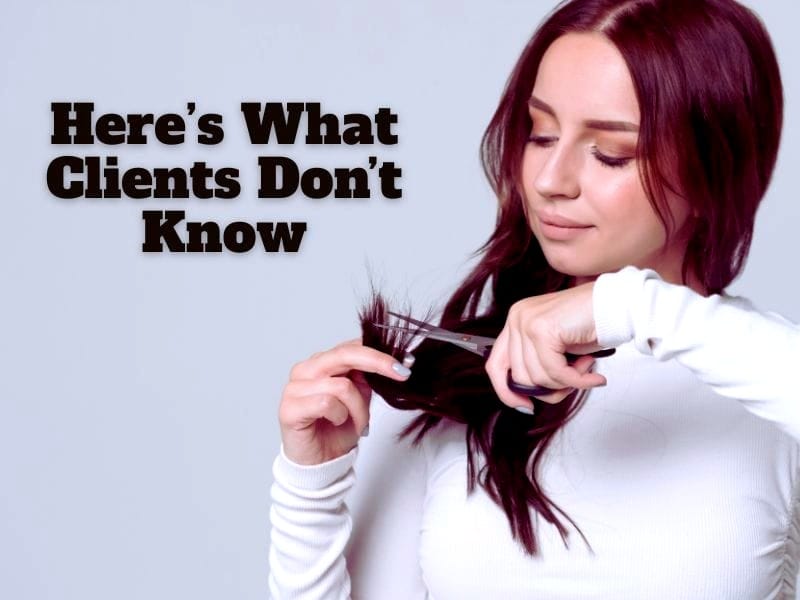
As a salon owner, you’ve seen it all—frayed ends, breakage, dullness. But what if instead of just trimming, you could teach, transform, and turn these services into signature moments of client education and care? That’s exactly what this blog is here to help you do. Let’s dive into the subtle, hidden habits that cause split ends—and how you can gently correct them right from the salon chair.
The Power of Salon Education: Why It Starts in Your Chair
Your chair isn’t just a place for styling—it’s a place for transformation. Clients trust you with their hair, and that gives you the perfect opportunity to educate them on what’s causing their split ends. You don’t need to overwhelm them with science; just a few gentle insights can shift how they care for their hair at home.
When clients leave your salon feeling empowered, not just styled, they’re far more likely to return. You become more than a stylist—you become their trusted hair wellness guide. And when your advice is backed by vegan, FDA-compliant haircare, your expertise becomes your brand’s superpower. Education creates loyalty, and loyalty builds your business.
Habit #1: Rough Towel-Drying After the Shower
It might seem harmless, but aggressively rubbing wet hair with a towel is one of the top culprits behind fraying and split ends. When hair is wet, it’s most fragile, so that friction causes the cuticle to lift, tear, and eventually split. Many clients do this without thinking, simply trying to dry faster.
In the chair, gently explain the difference that a microfiber towel or a simple blotting technique can make. Demonstrate it while you shampoo, so they see how easy it is to swap. Recommend a soft, absorbent towel or turban in your retail section as part of their split-end prevention kit. This small change makes them feel cared for—and starts the ritual at home.
Habit #2: Brushing from Root to Tip Without Detangling
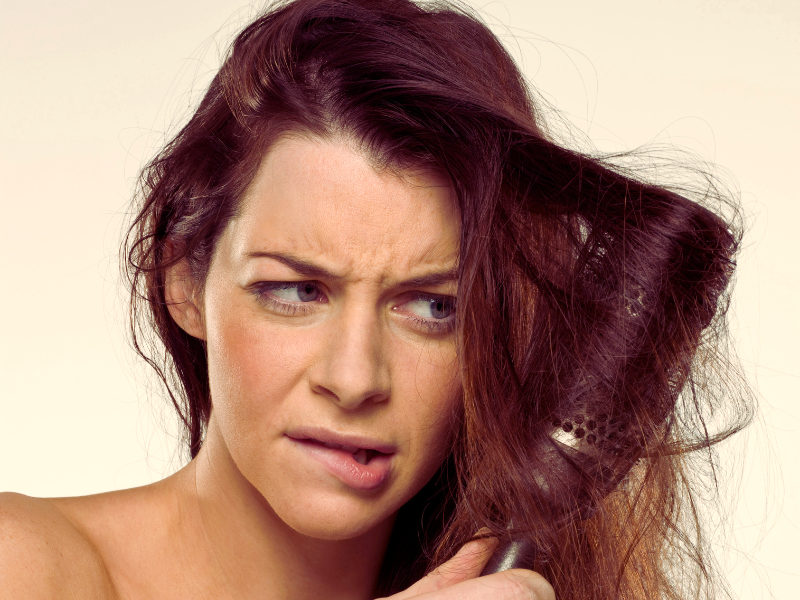
It’s one of the most common mistakes—starting at the root and yanking through tangles. This puts pressure on the hair shaft and causes snapping, especially on already-fragile ends. Most clients think they’re doing something good by brushing daily, but they’re actually worsening the damage.
Teach a better way during your detangle step: start at the ends and work your way up with a wide-tooth comb or detangling brush. Share tips like brushing only when dry (for certain textures) or using a leave-in spray to soften knots. By modeling this in your service, you empower clients to take better care of their hair without judgment. And when they ask what you’re using, you’ve got your vegan, clean haircare retail line ready to recommend.
Habit #3: Tight Ponytails and Hair Ties with Metal Clasps
We’ve all seen it—clients with sleek, pulled-back ponytails secured with the same elastic band day after day. What they don’t realize is that the constant tension and friction cause breakage along the shaft, especially around the hairline and ends. Over time, this damage leads directly to split ends and thinning.
During styling, suggest soft scrunchies, coil bands, or fabric-covered elastics that reduce tension and rubbing. Explain how rotating hairstyles and loosening up can give their strands a chance to recover. If you retail gentle styling accessories, now’s the perfect time to introduce them. You’re not just selling a tool—you’re protecting their length and guiding them toward long-term hair wellness.
Habit #4: Overwashing with Sulfate-Based Shampoos
Most clients associate clean hair with daily shampooing, but this often backfires, especially when they’re using harsh, sulfate-loaded formulas. These ingredients strip natural oils, weaken the cuticle, and leave ends dry and prone to splitting. Clients with oily roots are especially prone to overwashing out of habit.
Offer a gentle reframe: it’s not about less washing—it’s about smarter washing. Introduce sulfate-free, vegan shampoos that cleanse without stripping. Recommend washing every 2–3 days and using scalp mists or dry shampoo in between. This not only saves their ends—it opens the door to retailing your clean, FDA-compliant products that support healthier habits.
Habit #5: Heat Styling Without Protection (Or With the Wrong One)
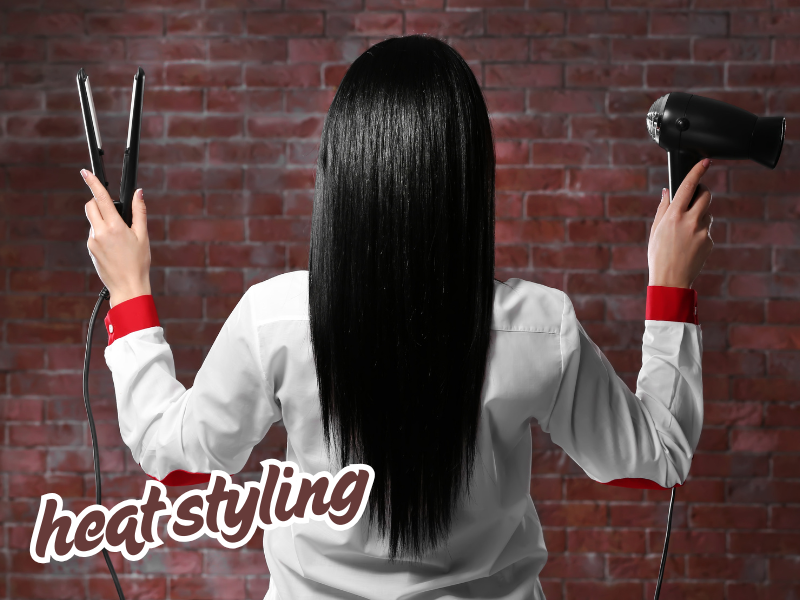
Flat irons, blow dryers, and curling wands are part of many clients’ daily routines—but without proper protection, they’re also part of the split end problem. Heat damage weakens protein bonds and creates micro-cracks that lead to visible splitting. And unfortunately, many heat protectants on the market are full of silicones that coat rather than protect.
Introduce your clients to vegan, FDA-compliant heat protectants that use clean ingredients to shield without build-up. Apply it in the chair before blow-drying, and explain what it’s doing and why it matters. This simple step adds perceived value to their visit and reinforces your role as a haircare expert—not just a stylist. And when they feel the softness, they’ll want that same product at home.
How to Gently Address Damage Without Making Clients Feel Guilty
Client conversations about hair damage can feel sensitive—no one likes to feel judged. That’s why your tone, timing, and phrasing matter. Start by asking questions like “How’s your hair been feeling lately?” or “Have you noticed more dryness at the ends?”
Use words like “Let’s try…” or “Here’s what’s worked for others with similar issues.” Offer solutions, not scolding. When clients feel seen and supported, they’re more open to changing their habits. And they’ll always remember how you made them feel—cared for, not criticized.
Using Visual Tools to Show, Not Just Tell

Seeing is believing. When you point out split ends, don’t just say it—show it. Use a hand mirror, before-and-after photos, or even a digital microscope if you have one.
You can also use visuals on your tablet or Instagram feed to explain the science behind hair damage. When clients understand what's happening beneath the surface, they’re more likely to follow your advice. And when you pair the visual with a solution, like your split end repair treatment or vegan homecare kit, they’ll see you as both stylist and educator.
Turning Everyday Mistakes Into Salon Loyalty Moments
When you help clients connect the dots between their habits and their hair’s condition, you create lasting transformation. This builds trust, deepens your relationship, and sets your salon apart. Instead of a place they visit once in a while, your salon becomes a source of guidance and growth.
Celebrate their wins with small compliments: “Your ends are looking so much healthier since your last visit!” or “Whatever you’re doing at home is working!” These moments of recognition reinforce their new habits—and their loyalty to you. It’s not just about fixing damage. It’s about creating a path to long-term hair wellness.
Reframing Retail as Ritual: Not Selling, But Solving
Selling gets a bad rap—but rituals? People crave them. When you recommend a product, frame it as part of their personalized split-end ritual. “This is the leave-in I used on your ends today—it’ll help seal and protect in between visits.”
Bundle products into a “Split End Wellness Kit” with clear instructions. Include a printed or digital guide so they know when and how to use everything. When clients feel like they’re investing in a solution—not just a product—they’ll say yes more often. And that means more trust, more referrals, and more recurring sales.
Creating a Split End Prevention Menu That Clients Brag About
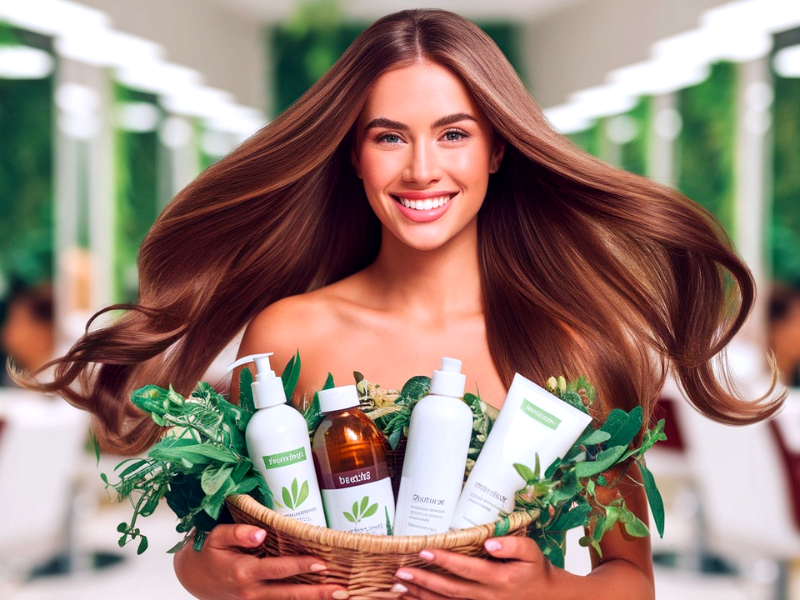
Make your ritual official by turning it into a named service on your menu. Try something like “Vegan Split End Repair Ritual” or “Plant-Based Ends Revival.” Include details about the steps, time, and key ingredients so it feels tangible and premium.
Position it as both a treatment and a teaching moment. Clients love when their service includes education, transformation, and take-home care. This makes the ritual feel like an experience—and that’s what keeps clients talking, sharing, and returning.
The Importance of Using European-Approved Haircare Products
European cosmetic regulations ban over 1,300 harmful ingredients that are still allowed in other countries. By offering EU-approved products, you show your clients that you care about what goes into their hair as much as what it looks like. This sets your salon apart as a clean beauty leader.
Highlight this in your consultations and retail displays. When clients see you prioritizing health and safety, they trust you more. It’s one more reason they’ll choose your salon over others—and stick around for the long haul.
Why FDA-Compliant Haircare Shows You’re a Trustworthy Expert
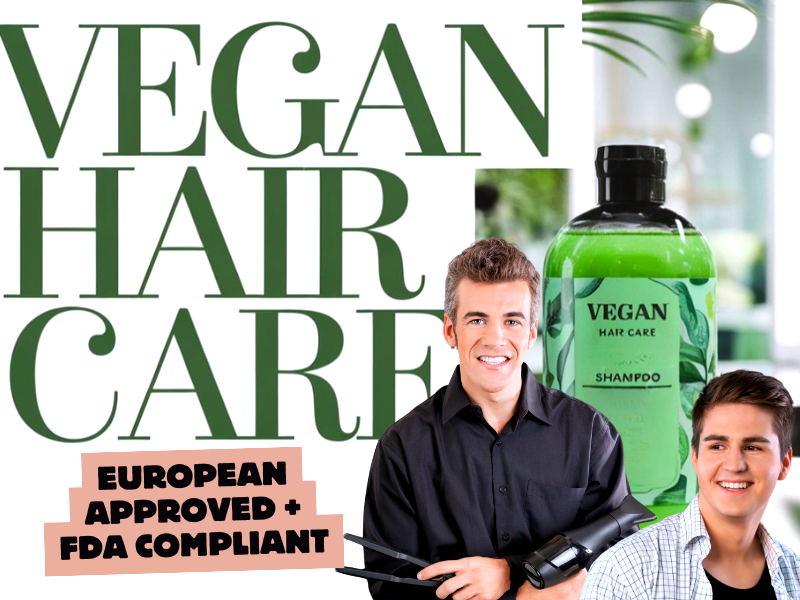
FDA-compliance isn’t just a label—it’s a commitment to safety, transparency, and integrity. When you use and recommend FDA-compliant products, you protect your business and your clients.
Educate clients on what that means: approved ingredients, honest labeling, and quality control. When they know you're choosing products that are both safe and effective, your credibility skyrockets. It’s a subtle detail with a big impact.
FAQs
Can split ends be reversed without cutting?
Not fully—but they can be sealed, protected, and prevented from worsening with the right vegan treatments.
Is daily washing really that harmful?
For most hair types, yes. It strips natural oils and weakens strands. Every 2–3 days is ideal with the right products.
What kind of brush should I use at home?
A wide-tooth comb or a detangling brush starting from the ends is best to avoid pulling and breakage.
Can vegan products actually strengthen hair?
Absolutely. Many contain plant proteins, oils, and vitamins that repair and fortify without harsh chemicals.
How do I know if my heat protectant is working?
Look for vegan, FDA-compliant formulas and use consistently before styling. Your stylist can help recommend one tailored to your needs.
Final Thoughts
Your clients trust you with their hair, but what they want is to feel seen, heard, and guided. When you help them understand the hidden habits causing their split ends, you go from stylist to hero. You don’t just fix—they feel transformed. So let’s stop trimming and start teaching. Let’s help them build rituals, not just routines. And let’s grow your salon into a destination for healing, not just styling.
Curious what clean, client-trusted product can turn every trim into a transformation? Sign up now and message me to discover the one FDA- and EU-approved vegan haircare essential that’s helping salon owners boost client retention—because results like this keep clients coming back.








